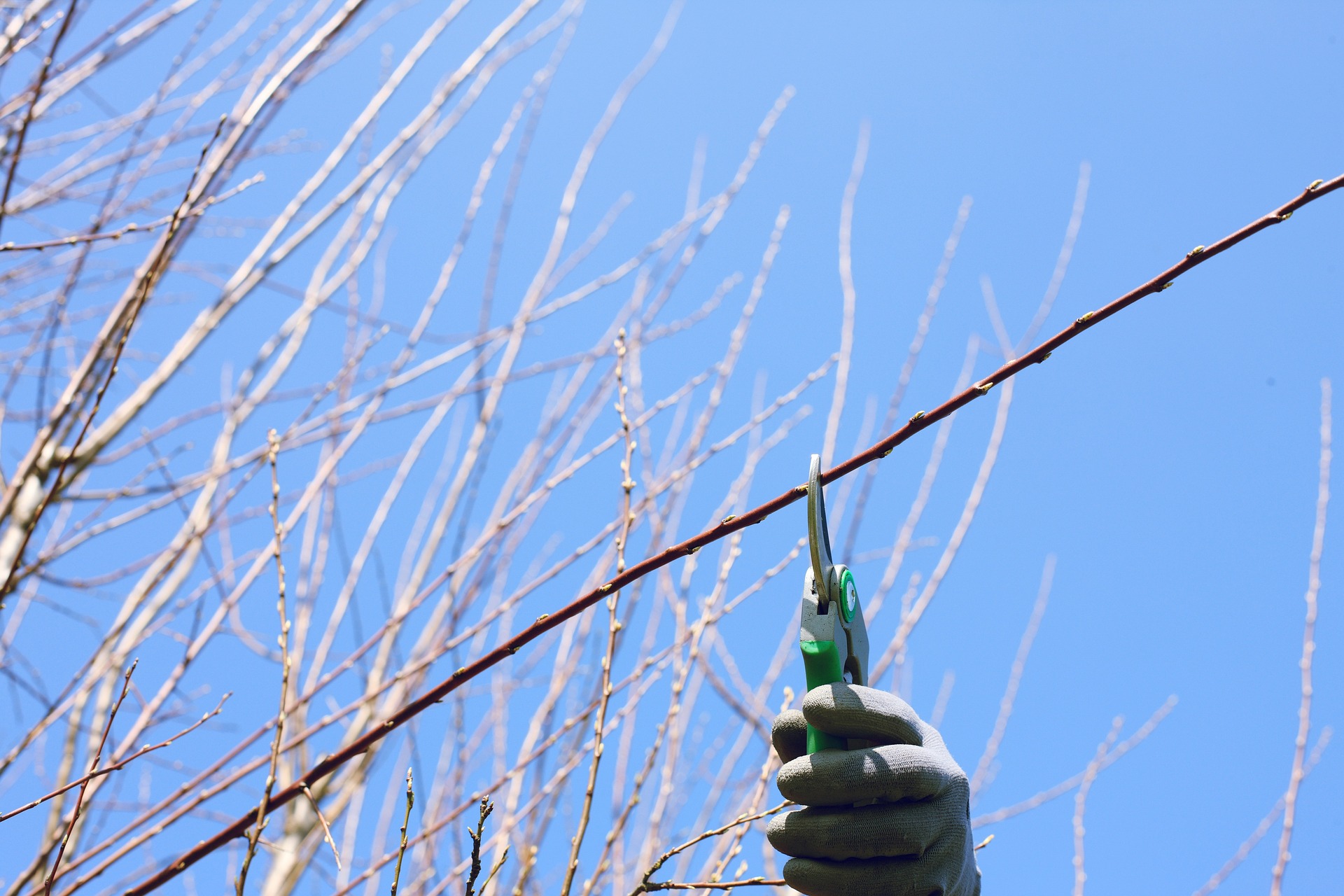When to Prune Different Plants - A Seasonal Guide
Pruning is a crucial task in maintaining healthy plants and promoting optimal growth. However, knowing when to prune different plants can be challenging, as the timing can vary depending on the species. In this article, we will provide you with a seasonal guide for when to prune various types of plants, including trees, shrubs, and flowering plants.

Trees
Trees can be pruned in different seasons depending on their specific needs. For deciduous trees, the best time to prune is during their dormant season, which is usually in late winter or early spring. This is when the tree is not actively growing, making it less susceptible to damage and disease.
For evergreen trees, pruning can be done year-round, but it's best to avoid pruning during periods of active growth. Fruit trees, such as apple or peach trees, should be pruned in late winter to early spring to promote healthy growth and maximize fruit production.
Shrubs
Shrubs can also be pruned at different times depending on their growth habits and flowering times. Early spring is usually the best time to prune spring-flowering shrubs, such as lilacs or forsythia. Summer-flowering shrubs, on the other hand, should be pruned in late winter or early spring.
Hedges
Hedges should be pruned several times throughout the growing season to maintain their shape and promote healthy growth. The first pruning should be done in early spring to remove any dead or damaged wood, with additional pruning during the summer months.
Flowering Plants
The timing for pruning flowering plants depends on whether they bloom on old or new wood. For plants that bloom on old wood, such as hydrangeas, pruning should be done after flowering. For plants that bloom on new wood, such as butterfly bushes, pruning should be done in late winter or early spring.
Seasonal Guide
Spring
- Deciduous trees and shrubs: Prune before the leaves emerge to shape the plant and remove dead or diseased branches.
- Fruit trees: Prune before the buds break to stimulate new growth and improve fruit production.
- Roses: Prune after the last frost to remove dead or weak canes and promote new growth.
- Perennials: Prune dead stems and foliage to promote new growth.
Summer
- Evergreen shrubs: Prune after the new growth has matured to shape the plant.
- Hydrangeas: Prune after they have finished blooming to remove dead flowers and shape the plant.
- Fruit trees: Prune to remove water sprouts and damaged branches.
- Roses: Deadhead spent blooms to promote new growth.
Fall
- Deciduous trees and shrubs: Prune to remove dead or diseased branches before winter.
- Perennials: Cut back to ground level after they have gone dormant.
- Roses: Prune lightly to shape the plant and remove dead or diseased branches.
Winter
- Fruit trees: Prune to shape the tree and remove damaged branches.
- Deciduous trees and shrubs: Prune to shape the plant and remove dead branches.
- Roses: Prune to shape and remove dead branches.
Special Examples
- Grapevines: Prune in late winter or early spring before bud break to remove old growth.
- Conifers: Prune in early summer to maintain the desired shape.
- Wisteria: Prune twice a year, once in summer after blooming and once in winter to remove excess growth.
Tips for Pruning
- Always use clean, sharp tools to avoid damaging the plant or spreading diseases.
- Follow the natural growth habit of the plant and avoid pruning too aggressively.
- Consider the plant's future growth and shape when pruning.
- Consult a professional if you're unsure about proper pruning techniques.
In conclusion: knowing when to prune different plants is essential for maintaining their health. Follow this guide to ensure you're pruning at the right time for maximum benefit.
Enhance your pruning skills with our recommended tutorial videos! Click to watch and take your gardening skills to the next level!